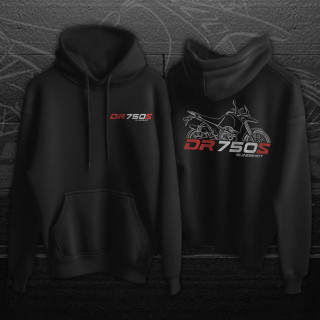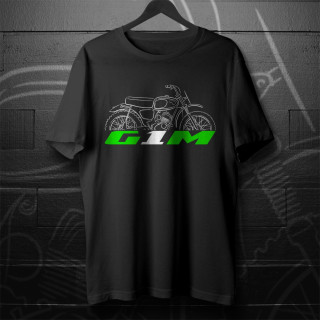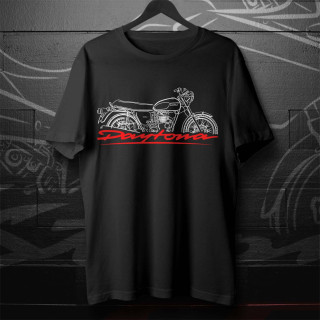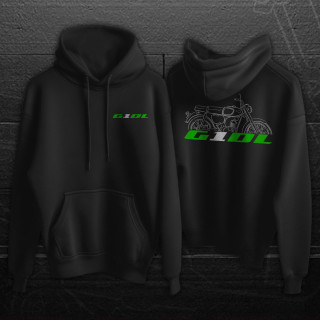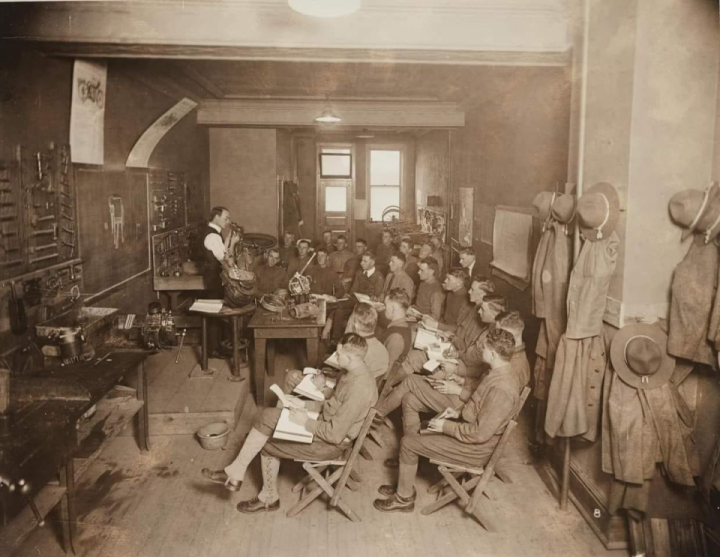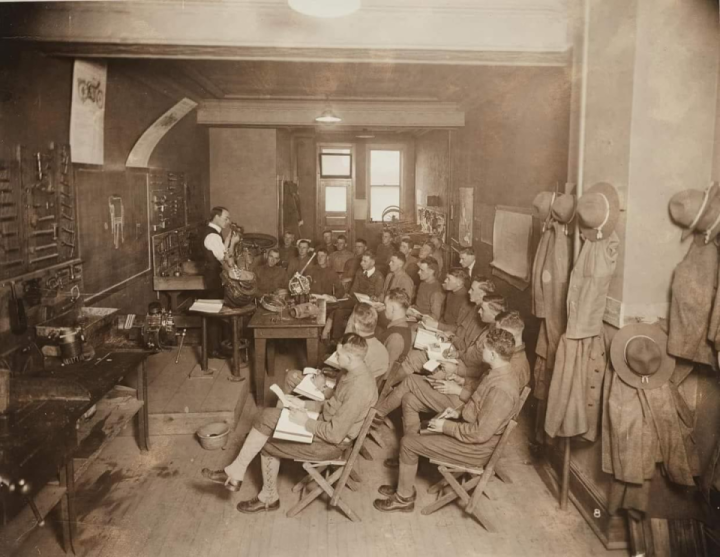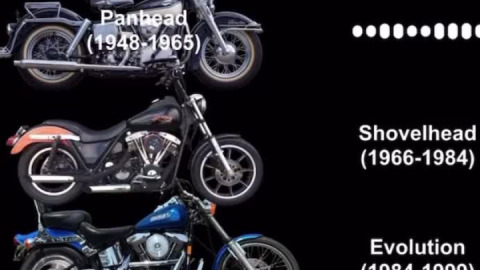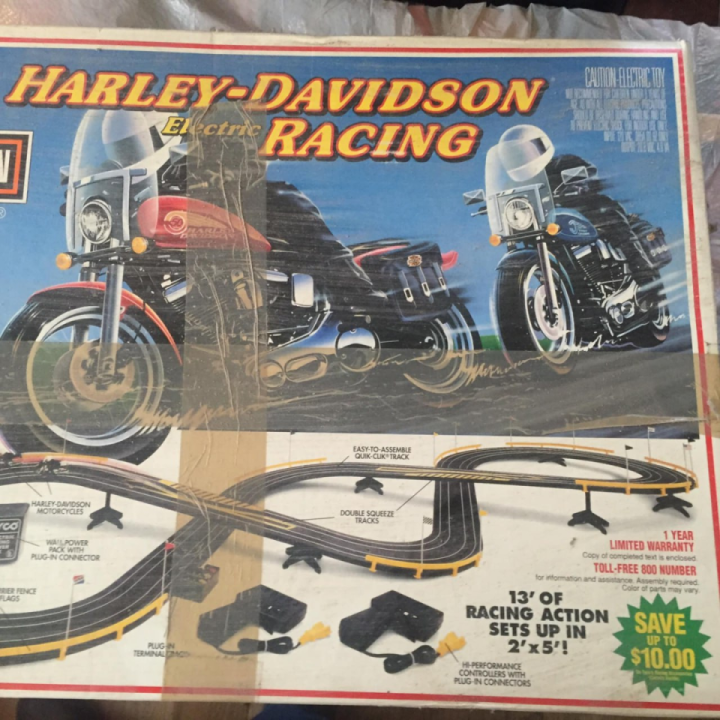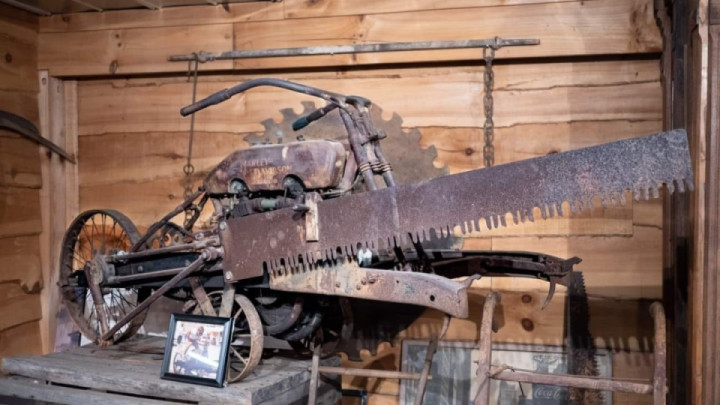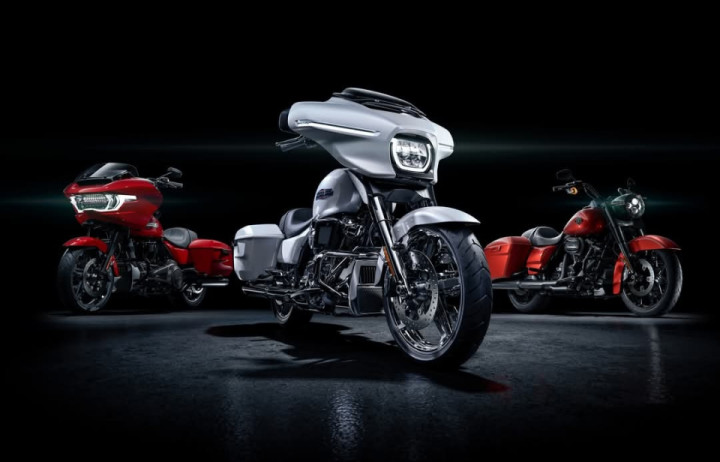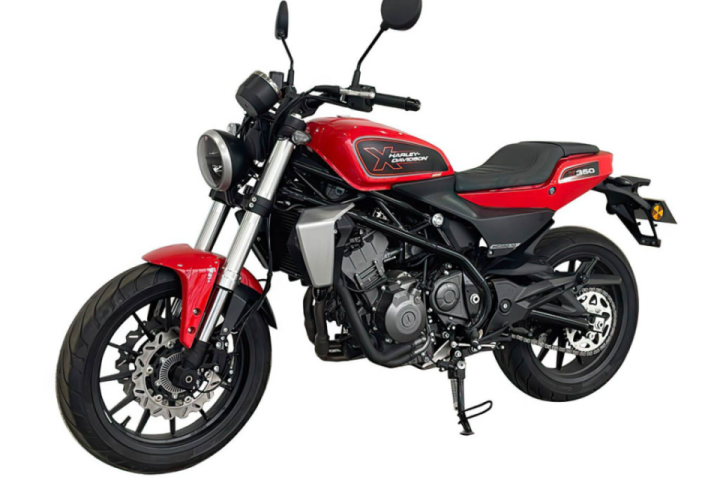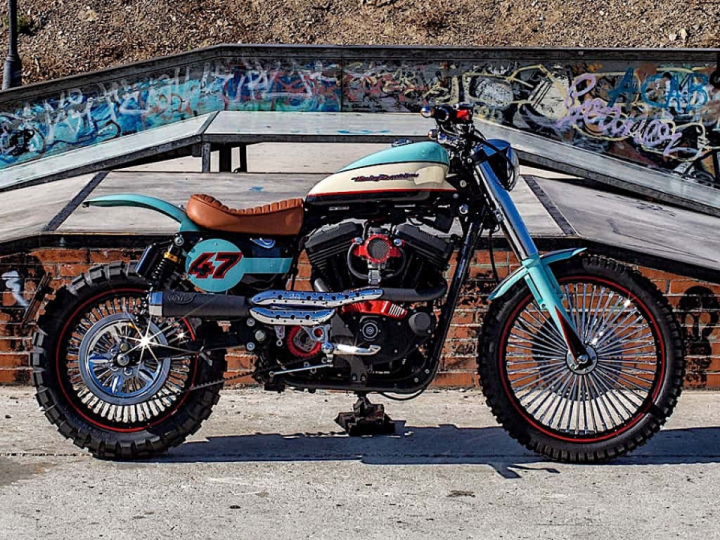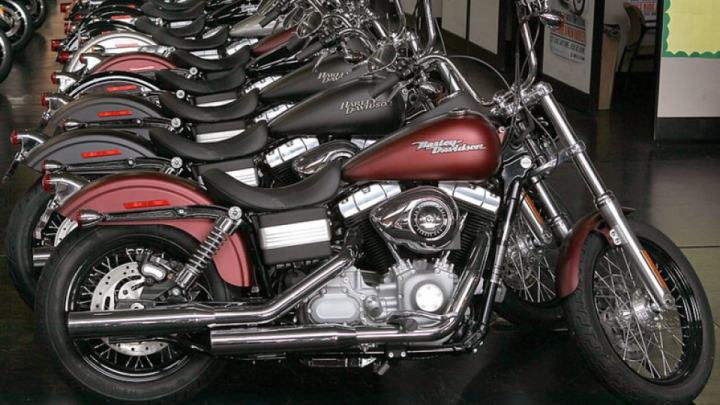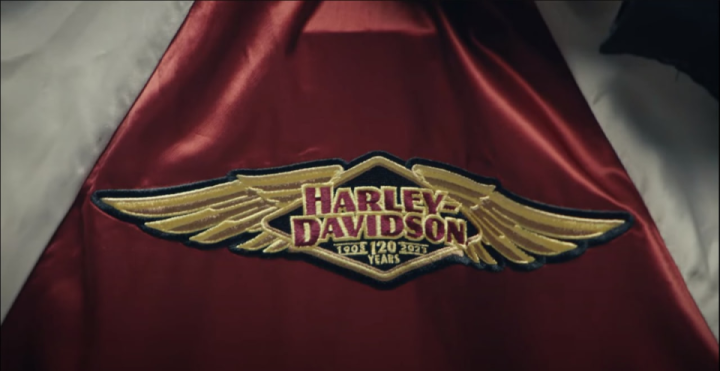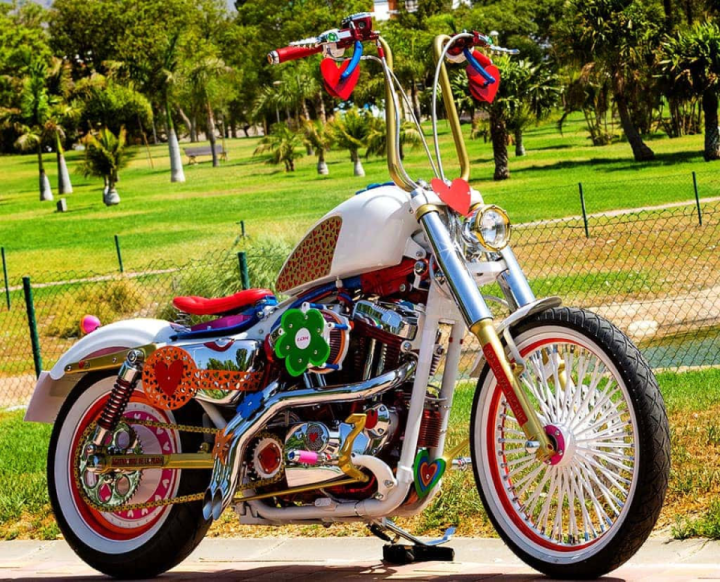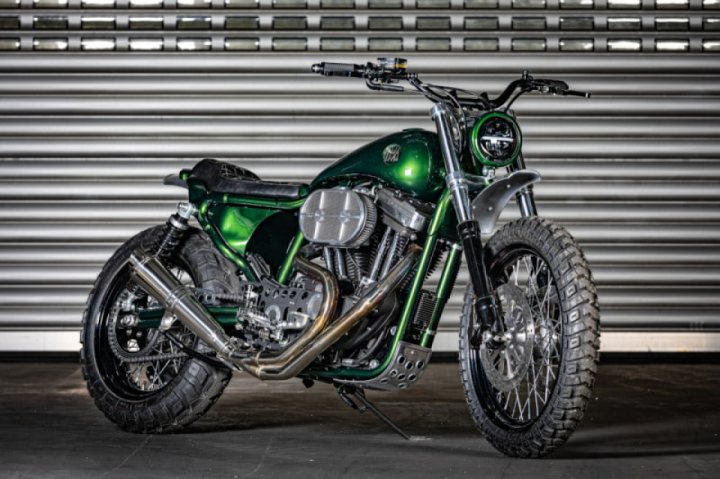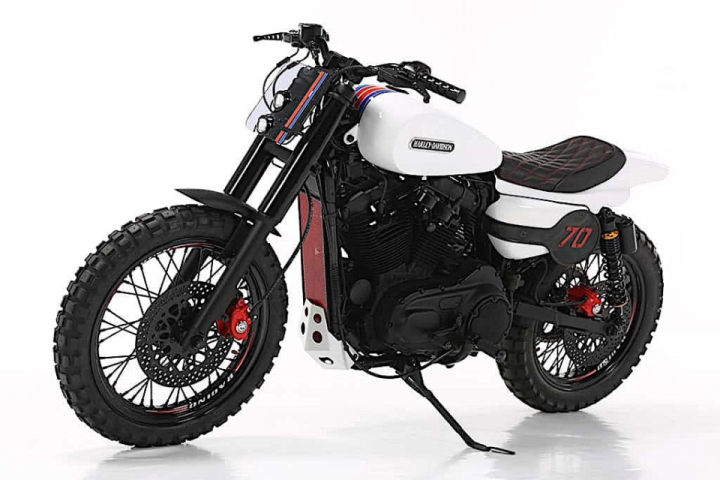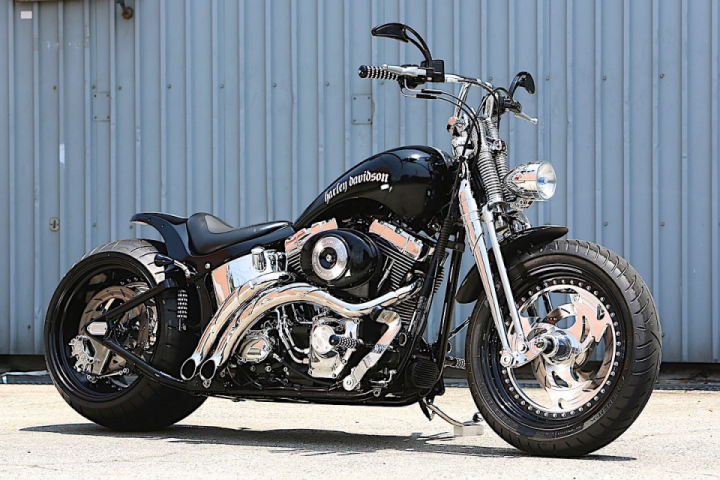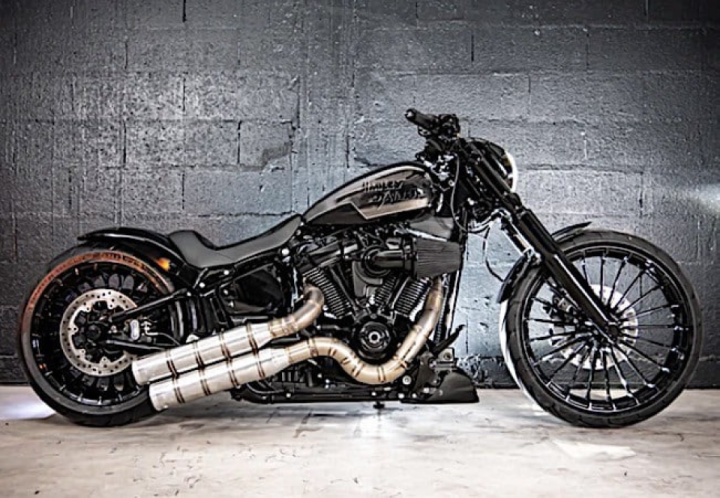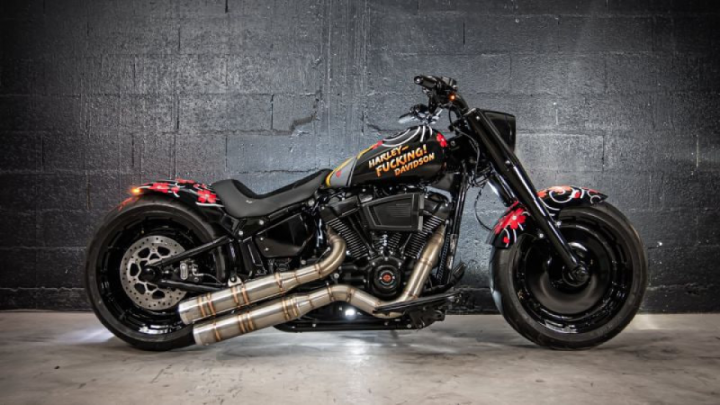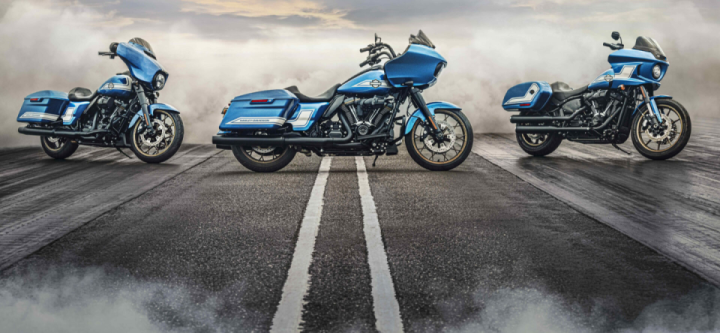
Harley-Davidson EL
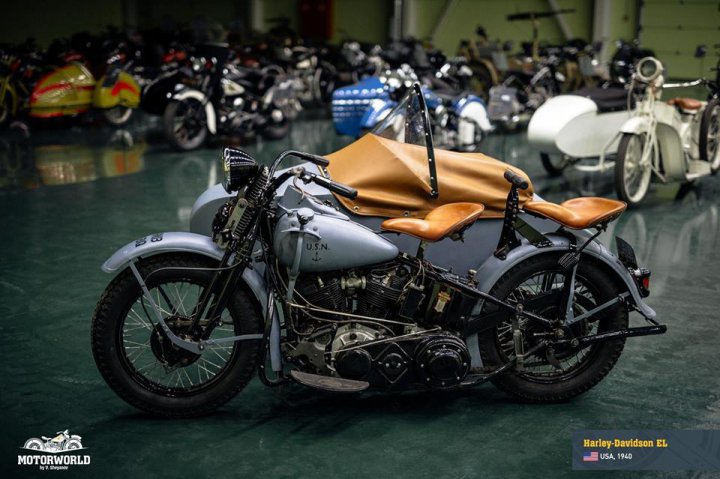
Harley-Davidson Series E motorcycle was launched in 1936. The motorcycle featured a new and powerful OHV engine displacing 1000 cc which very quickly was dubbed Knucklehead because of the shape of cylinder heads. The motorcycle designed by William S. Harley and Lothar A. Doerner was to supercede Series V from which only wings and generator were inherited. Other than that, it was a completely new model with a new frame. The motorcycle price was tagged at $380, only $40 higher than the price for Model V—this (along with other advantages) made Harley-Davidson E doomed to success from the moment its sales started. In the first year of production over 1800 units were shipped!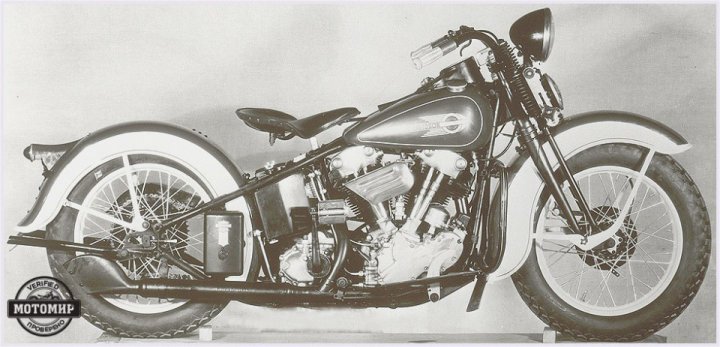
During the first two years the series consisted of Model E (a solo motorcycle with an average level of compression), Model ES (shipped with the sidecar) and Model EL (a racing motorcycle featuring a high compression level engine with the 40 h. p. rating)—all three models had a 4-speed gear box. Oil for the dry sump contained in a separate, U-shape reservoir, installed behind the engine, could flow to the moving parts via the reverse-flow check valve. Footboards were collapsible, and the instrument panel was built into the drop-shape fuel tank.
Problems related to cracks appearing in the frame were detected during the first year, so the frame got reinforced. Both the kickstarter and the oil tank were overhauled.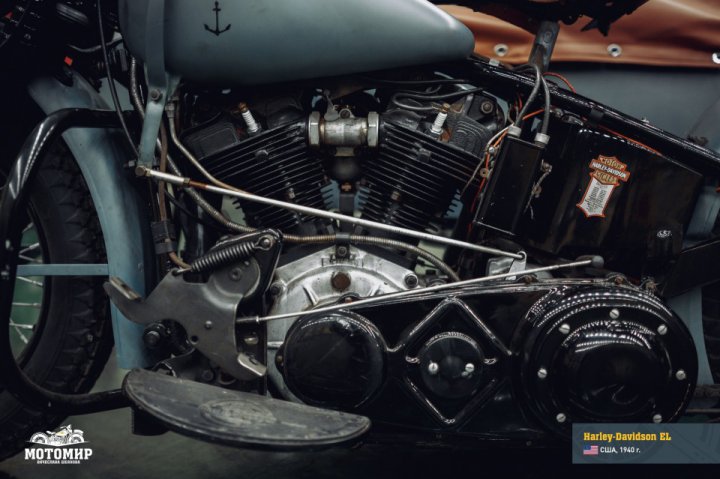
In 1938 the production of Model E was stopped, and Models EL and ES, still in production, were further improved. For the first time the valve mechanism became completely enclosed thus eliminating the loss of oil while on the road. The frame was further strengthened, the steering yoke reworked, and the changes were also introduced in the clutch and the transmission. Besides, the height of the handle bar was increased.
In 1939 the military got interested in this motorcycle, so a special version, Model ELA, was designed (Letter “A” in the name meant, as usual, “Army”). It differed from the civilian version by the better practicality of the configuration, the larger clearance of the mudguards, low-pressure cylinders, oil-bath air cleaner, reduced gear ratio and a standard military signaling system.
During 1940 this motorcycle was finally standardized by the US Army. It was used by the ground forces and by navy detachments, by the military police and the coast guard—both in its solo and sidecar versions.
Series E was very popular both with the military and with the civilians, but it got the greatest attention after it helped set a speed record. Its special version, Model E Record Bike, was outfitted with two carburetors, and the mix of alcohol and gasoline helped increase the power of the engine up to 65 h.p. at 5700 rpm. Also, the external look of the motorcycle was drastically changed, and the motorcycle became a true racing “fireball”. Daytona Beach in Florida was chosen as the racing site, because its firm sand was a great option for record-breaking tests. On March 13, 1937 Joe Petrali, a member of the factory racing team, broke the record of 1926, achieving 136.185 miles per hour (219.169 km/h) and inducting forever the Harley-Davidson EL into the history of motorcycle building.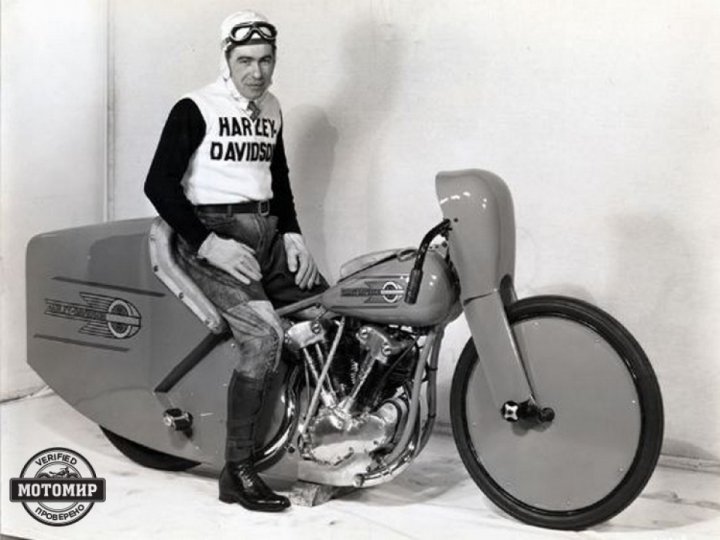 Series E motorcycles were produced from 1936 to 1948, and, including all modifications, the total of 28958 units were produced.
Series E motorcycles were produced from 1936 to 1948, and, including all modifications, the total of 28958 units were produced.
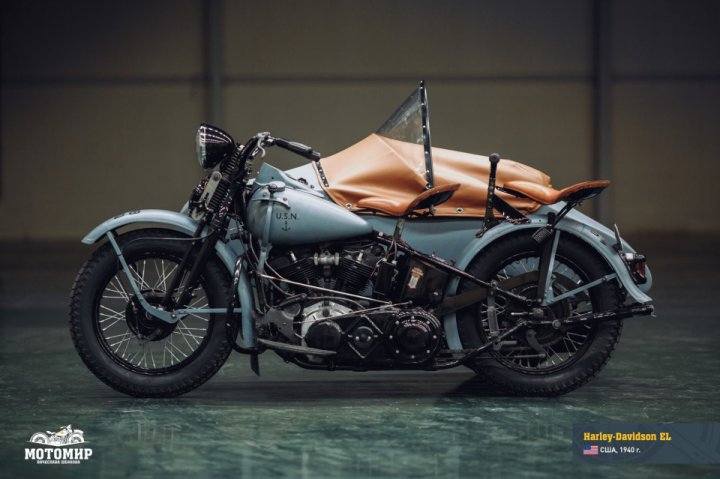
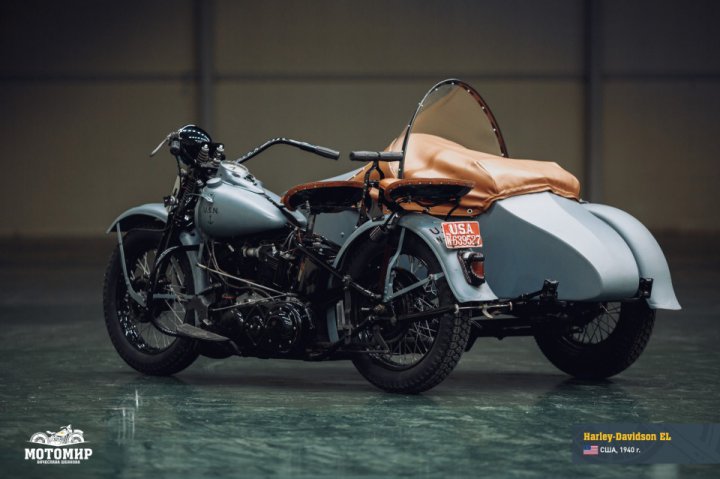
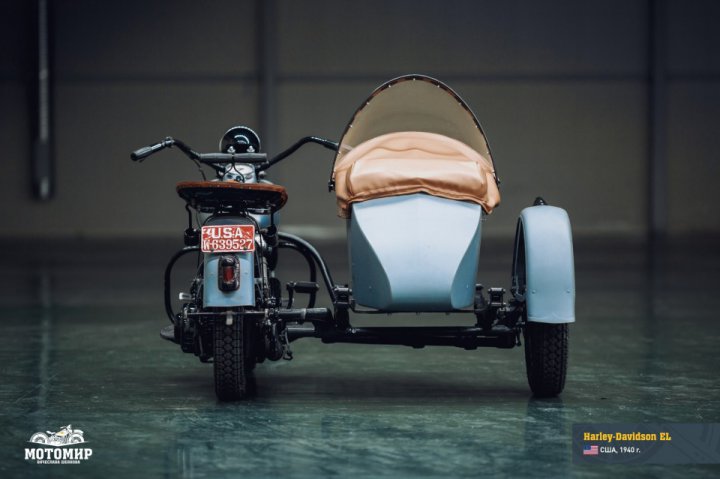
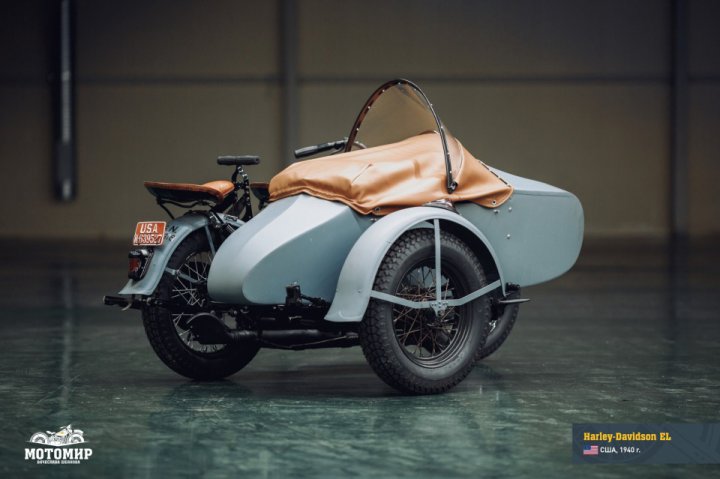
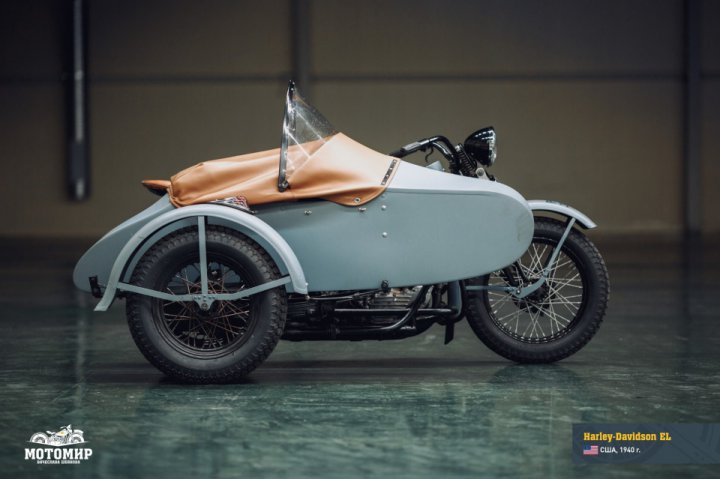
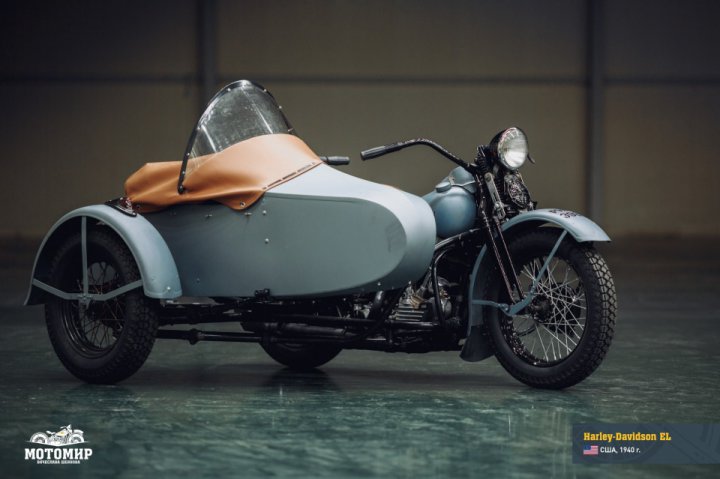
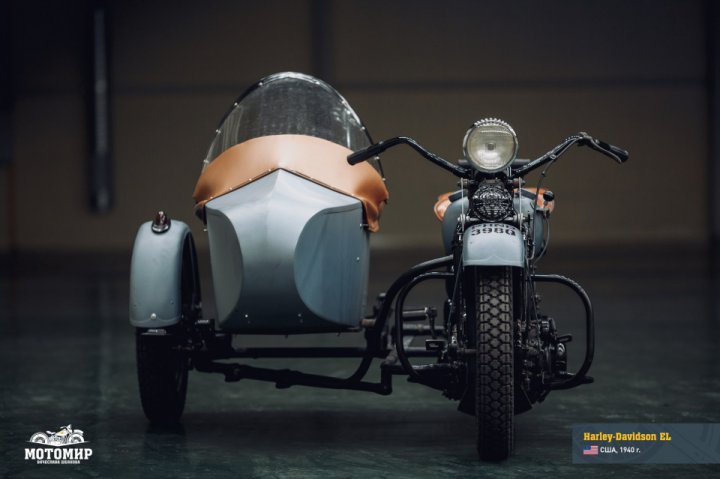
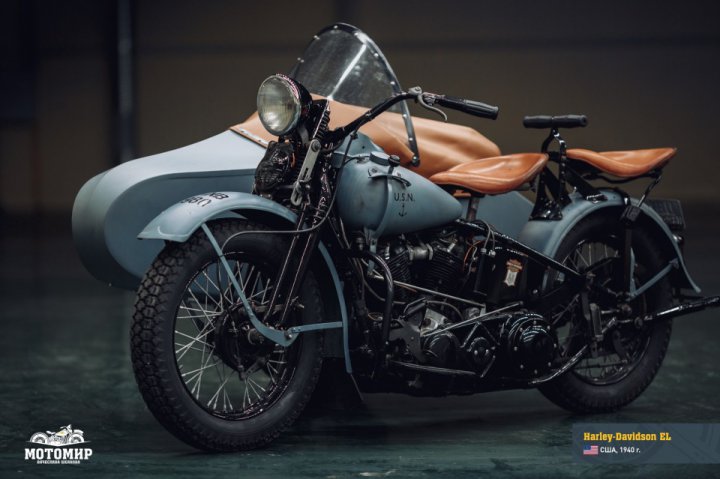
Credit: Motorworld by V.Sheyanov
More photos and info you can see here: Website | Facebook | Instagram | YouTube
#Moto #Bike #HD #Harley





